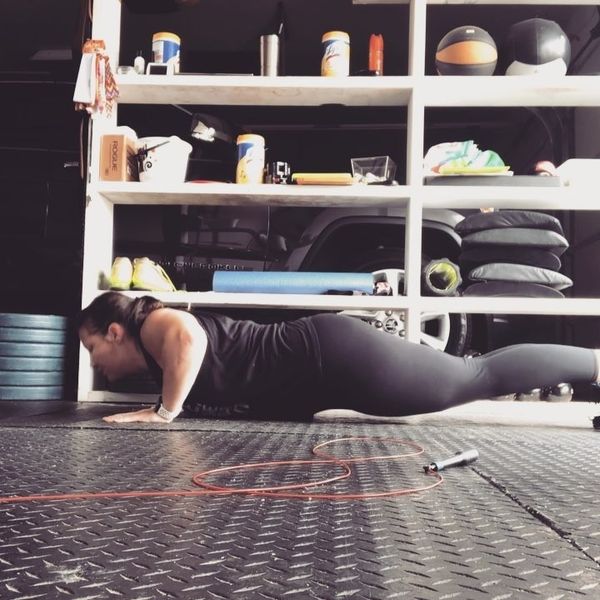Barbie represents “female empowerment.”
At least, that is what COO Richard Dickson told TIME magazine recently. Yet, clearly most of the world doesn’t quite share his perspective on this. In fact, in the face of growing criticism and plummeting sales over the past several years, Barbie has been forced to reinvent herself. While the change in sales could be linked to a growing infatuation with electronics among children, it is obvious that the something needed to be done.
The majority of females growing up in America own at least one Barbie doll in their lives, and she has come to be one of the most popular toys on the market, rising to a status where she is a globally recognized figure. Barbie can be found in stores in 150 countries across the world. In fact, Mattel makes over $1 billion from the plastic dolls every year.
Ruth Handler first concocted the concept for Barbie when travelling in Europe and seeing a German doll called Lilli. The fact that Lilli was based on a prostitute character seems a slightly iffy model to base a children’s toy off of, but maybe that’s just me. It wasn’t until 1959 that the blonde, unrealistically proportioned doll we all know as Barbie made her first appearance at New York’s toy fair. Named after the daughter of one of Mattel’s co-founders, Barbie saw instant success in stores.
Various criticisms cropped up in the following decade, stemming from Barbie accessories such as the "How to Lose Weight" handbook that included directions like “Don’t eat.” Barbie even found herself a boyfriend in 1961, with the introduction of the also bronzed, blonde, blue-eyed, all-American looking Ken. In 1970, the first noticeable public movement featuring anti-Barbie sentiment was staged in New York, where some of the women fighting a strike for equality carried signs that read “I Am Not a Barbie Doll.” Such signs reflected a growing sentiment of Barbie epitomizing nothing more than a blonde, brainless beauty.
The 70s saw a series of career-themed Barbies hit the shelves, all with inspiring themes such as astronauts and surgeons. Yet, they were all the same blonde, blue-eyed, tanned plastic doll underneath the fitted miniature outfits. Not until the 80s did Mattel finally include a Barbie of different cultural variety. However, I think it is worth noting that these multicultural versions had the same facial and body structure, they were merely painted and dyed with different colors.
Mattel failed to oversee any significant changes to Barbie designs in the next two decades. Meanwhile, the media and the rest of the world continued to find flaws in the unrealistic plastic doll. From the use of Barbie dolls to portray the anorexic singer Karen Carpenter in "Superstar: The Karen Carpenter Story" to the "Simpsons" crudely humorous mockery of the overly provocative figure Barbie featured, attention was called to the unrealistic, arguably inappropriate shape of Barbie’s plastic form.
And then, of course, who can forget Aqua’s hit song “Barbie Girl,” whose lyrics nail the general perception of Barbie during its release in 1997. With lines like “I’m a blonde, bimbo girl,” “life in plastic, it’s fantastic,” “dress me up, make it tight, I’m your dolly,” the allusion to Barbie as an overly sensual, dumb stereotype for females was unmistakably apparent.
The 2000s marked a new chapter in Barbie history. Between 2012 and 2014, increasing focus was directed toward the unrealistic proportion of Barbie. YouTube stars and models cropped up, imitating Barbie through means of plastic surgery and applications of excessive amounts of makeup. Even through such drastic physical alterations, such human imitators still shouldn’t quite obtain Barbie’s physical appearance. This was not too surprising, as more and more research was done, revealing what Barbie would look like if she were actually human-sized. The consensus: she wouldn’t even be able to stay upright! So disproportioned was her body that estimations said she would not even be capable of walking around.
At the same time, the fad of super skinny models was increasingly being brought into question. More and more attention was being brought to the sickly thin bodies of high fashion models, and the eating disorders that often accompanied them. Media pressure inspired praises for more realistically shaped models. Curvy females like Sophia Vergara and Kim Kardashian inspired a new kind of 'attractive' to pervade societal views.
In 2015, Mattel released 23 new dolls, featuring various skin tones, facial structures and hair and eye coloring. This proved insufficient in appeasing Barbie’s critics, though. So, in its most drastic and modern change in the Barbie brand, Mattel has recently ‘remade’ Barbie. For the first time since Barbie’s creation in 1959, she will come in different body types—curvy, tall, petite and, of course, her original figure.
This is a massive risk on Mattel’s part, as it remains questionable if these new models will sell, but I think this modification to the Barbie line is far overdue. Barbie reflected outdated ideals and societal views. America has come a long way since 1959, when many women were still encouraged to stay home and the Civil Rights Bill had not even been added. It’s about time Barbie started catching up with the times. New Barbies will feature modern hair trends and have more realistically sized features and body parts, like feet big enough to actually be proportional.
Hopefully, this change isn’t too late. Barbie has already garnered a negative reputation in relation to female independence and strength. Many girls can relate to Megan Trainor’s lyrics—“I won’t be no stick-figure, silicone Barbie doll”—and have no desire to be compared with what should be a beloved childhood toy. Maybe, Mattel can cultivate a new image of Barbie and change her place in feminine culture.





















